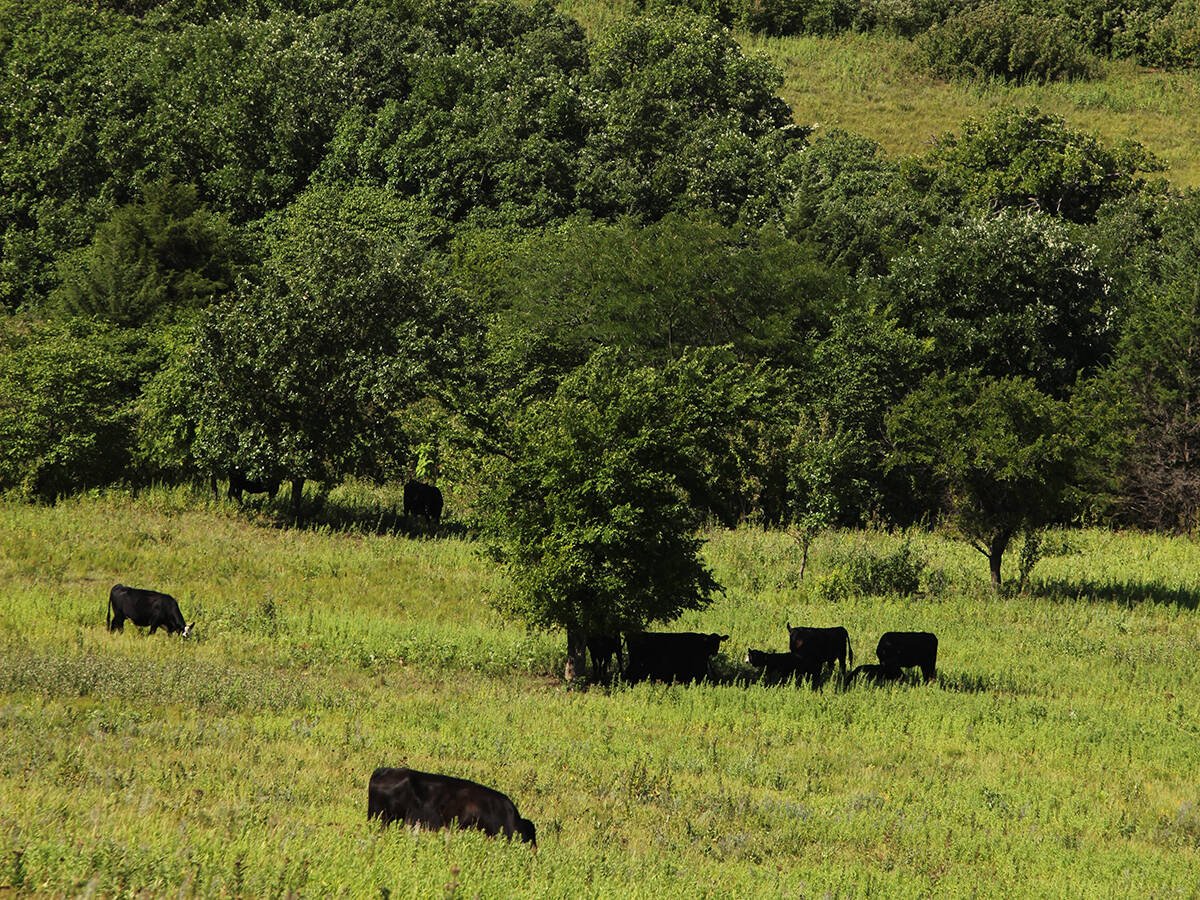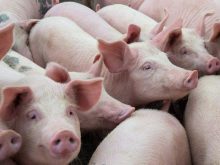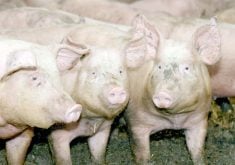REGINA – A plane load of 290 Charolais heifer calves and 20 Charolais bulls will leave for Kazakhstan in mid-December.
The cattle were collected from herds in Saskatchewan and Alberta and will move to a privately owned farm of 180,000 acres of grain and 1,000 head of cows of mixed breeding.
The deal started earlier this year when a Kazakh delegation visited Farm Progress Show in Regina.
Garner Deobald, who raises Charolais at Hodgeville, Sask., said the visitors were looking at farm equip-m e nt and also wanted cattle to upgrade their herd.
Read Also

Beef cattle more prone to trace mineral deficiencies
The trace mineral status of our cows and calves is a significant challenge for western Canadian producers and veterinarians.
The cattle are quarantined in Manitoba and will fly out on a Korean Airlines cargo plane from Winnipeg to Brussels and then onto the final destination in Kazakhstan.
The attraction is the similarity in climate.
“Southwestern Saskatchewan nearly matches up perfect with where they are going,” said Deobald, who is a member of the Saskatchewan Trade and Export Partnership and has been involved with past exports to the region, including a load of Herefords in September.
Past trips to the region convinced him that this part of the world will surpass other member states of the former Soviet Union.
“They are going to be the ag powerhouse in that part of the world,” he said.
There is good land and plenty of labour, but they need to improve cattle genetics and pasture management. Delivering water to cattle is a major problem, and the country needs to invest in more infrastructure to improve over-grazed pastures, said Deobald. Buyers are looking mainly for Charolais, Hereford and Angus cattle.
“The British breeds are suited for there on the maternal side and then they are using the Charolais as a terminal cross,” he said.
They have imported cattle from Europe, but the conditions and management were not the same and the cattle did not do as well.
“The plan will be to run them as a separate breedand then they will do some cross breeding later,” he said.















